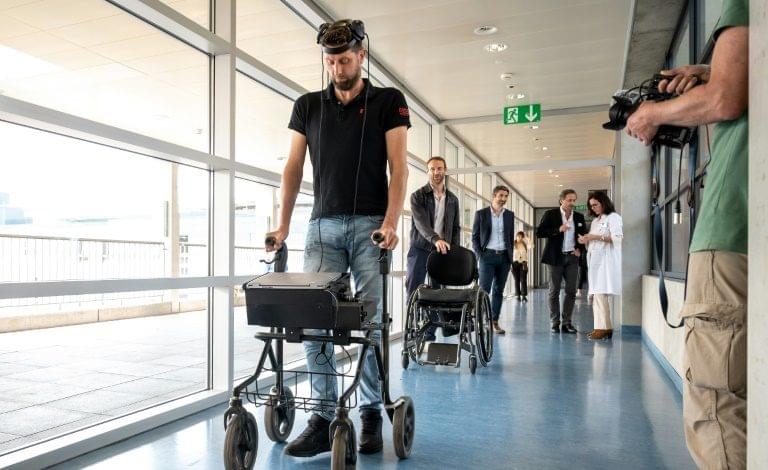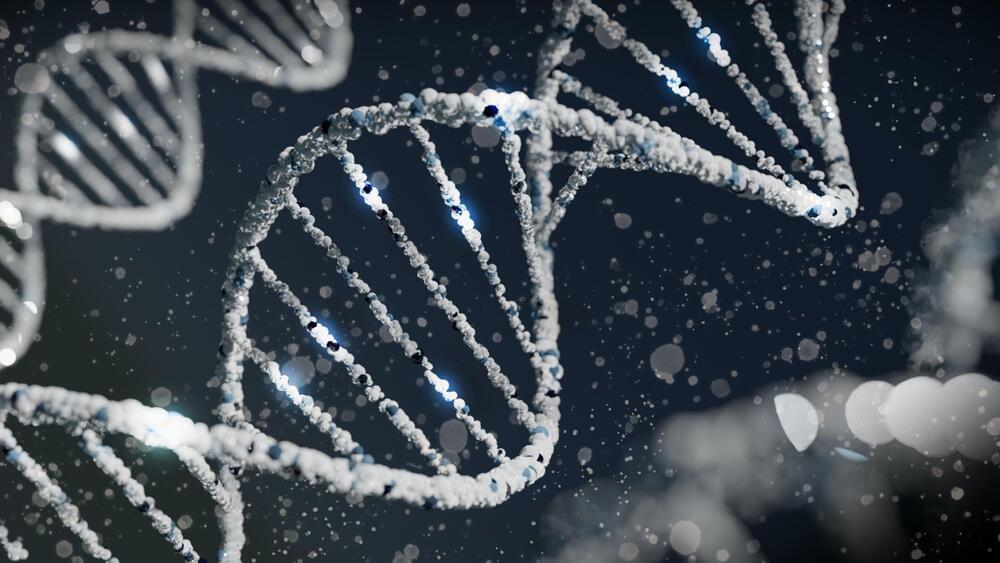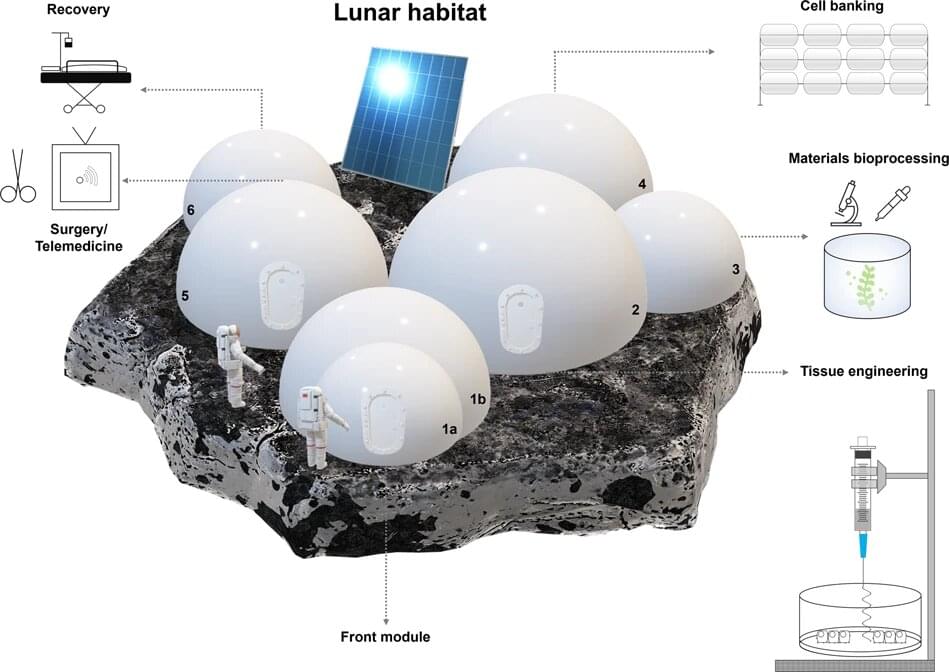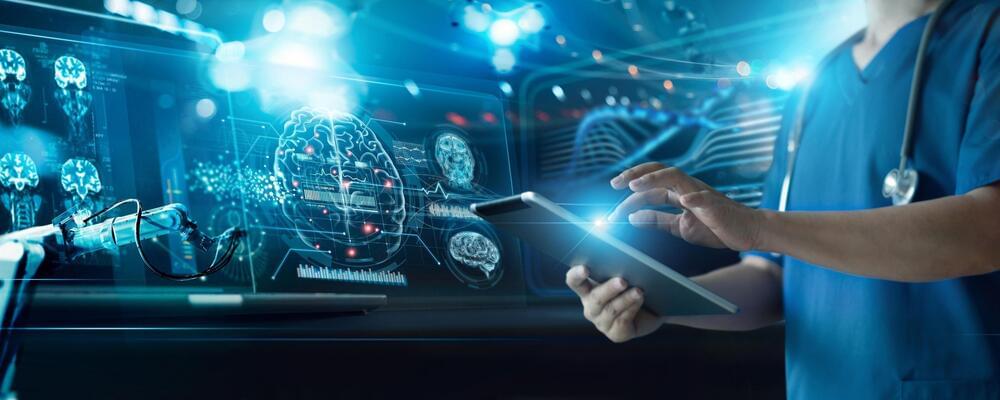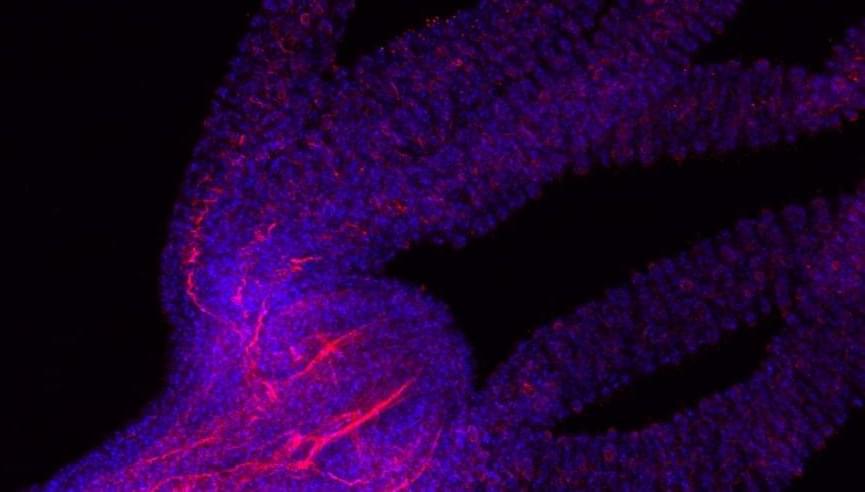face_with_colon_three This new gold rush with AI will bring new jobs for even Psychiatry and Therapists which is already leading to new bots with human like therapists in texts. This could lead to even better mental health for the global population.
“Psychotherapy is very expensive and even in places like Canada, where I’m from, and other countries, it’s super expensive, the waiting lists are really long,” Ashley Andreou, a medical student focusing on psychiatry at Georgetown University, told Al Jazeera.
“People don’t have access to something that augments medication and is evidence-based treatment for mental health issues, and so I think that we need to increase access, and I do think that generative AI with a certified health professional will increase efficiency.”
The prospect of AI augmenting, or even leading, mental health treatment raises a myriad of ethical and practical concerns. These range from how to protect personal information and medical records, to questions about whether a computer programme will ever be truly capable of empathising with a patient or recognising warning signs such as the risk of self-harm.
